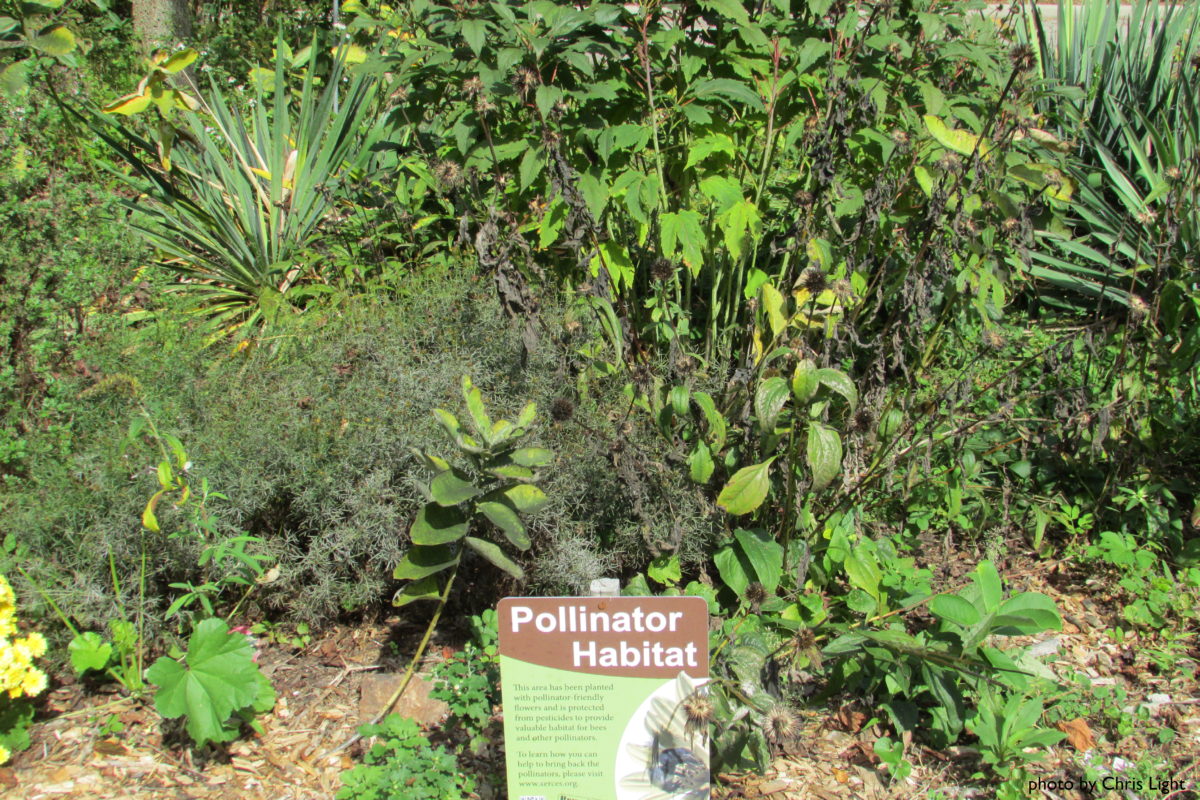
In the last several years, major flooding, extreme weather and wildfires have propelled climate change into the mainstream. But despite our increased awareness of environmental issues, the vitally important topic of biodiversity loss has received comparatively little attention. Biodiversity is the incredible variety in organisms on our planet, including the diversity between individuals, species and ecosystems. Biodiversity provides humans with so many invaluable services such as clean water, medicines, abundant food and shelter.
Loss of habitat is one of the major factors leading to the loss of biodiversity in BC and worldwide. As human populations continue to increase around the globe, so does the amount urbanization and subsequently the loss of habitat and biodiversity. Urban development has been shown to produce some of the greatest extinction rates worldwide1.
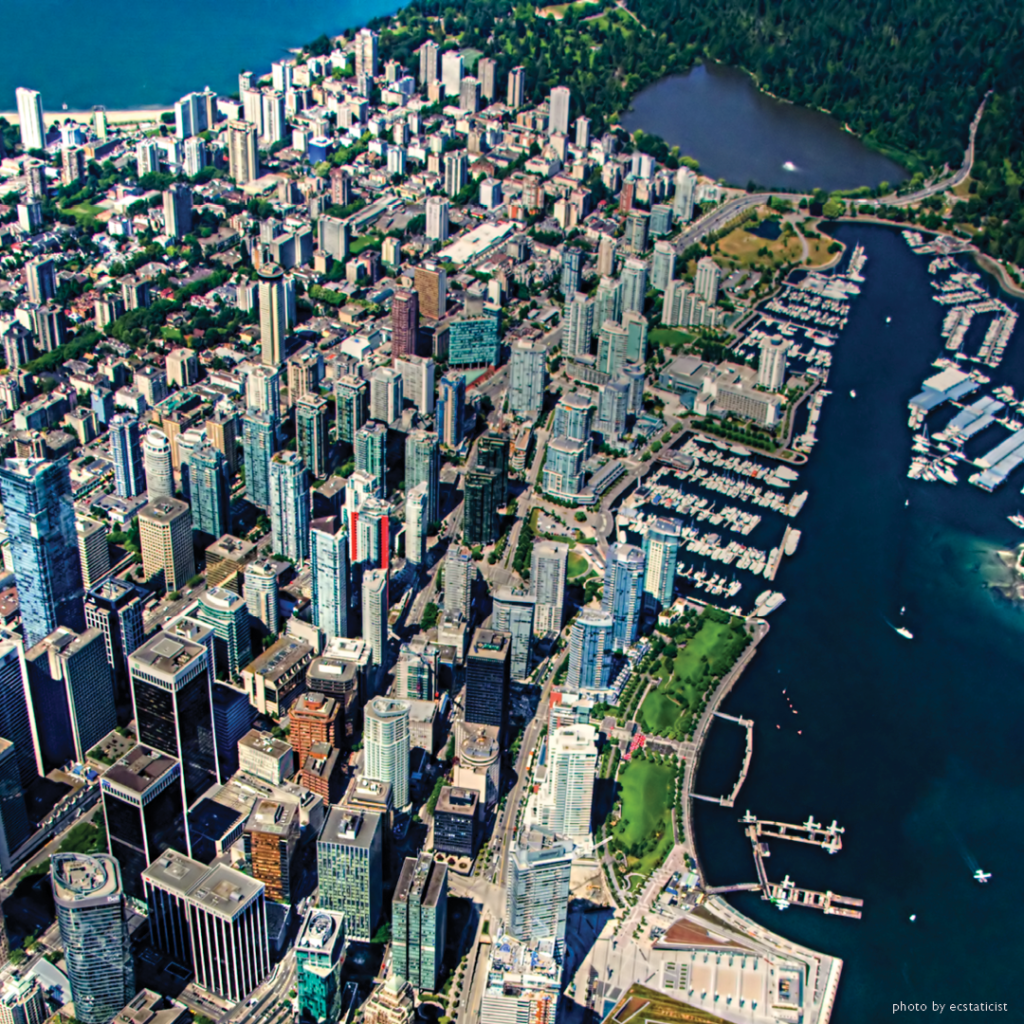
Urban development separates natural habitat into numerous, small patches surrounded by human-altered landscapes like cement, grass, crops, and other degraded land types2. These small greenspaces often lack native species, which are important for supporting local biodiversity. Instead, they are dominated by exotic species and highly manicured vegetation used for aesthetic purposes3. Urban-gradient studies have found that with many species of plants, birds, and butterflies, the number of non-native species increases toward centers of urbanization while the number of native species decreases4. In fact, the flora and fauna of cities, even across vastly different parts of the world, are incredibly similar, irrespective of geography or climate5.
We can all try to increase the amount of biodiversity in our yards, gardens, and communities. If you’re feeling inspired to make changes in your life to help local biodiversity, check out these 4 ways to turn your property into a haven for local species!
1. Landscape with native trees, shrubs, and flowers
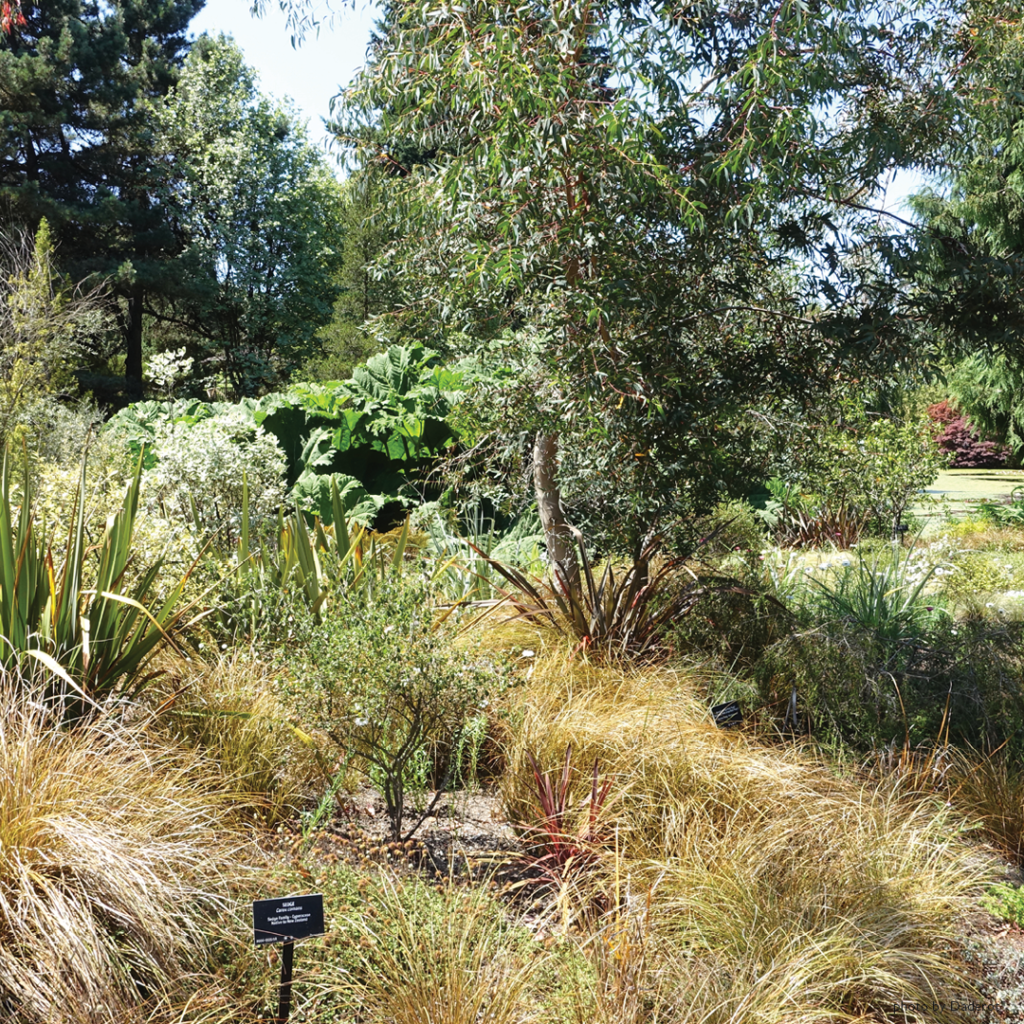 Invasive species often spread from local gardens into native ecosystems. Although they may look pretty, they could be detrimental to biodiversity. Native ecosystems evolve together, so removing native plants to create development takes away the preferred homes and food sources of native animals and birds. Intentionally planting native species will make other native species feel at home.
Invasive species often spread from local gardens into native ecosystems. Although they may look pretty, they could be detrimental to biodiversity. Native ecosystems evolve together, so removing native plants to create development takes away the preferred homes and food sources of native animals and birds. Intentionally planting native species will make other native species feel at home.
2. Befriend the bugs
In the developed world, we’ve developed a phobia 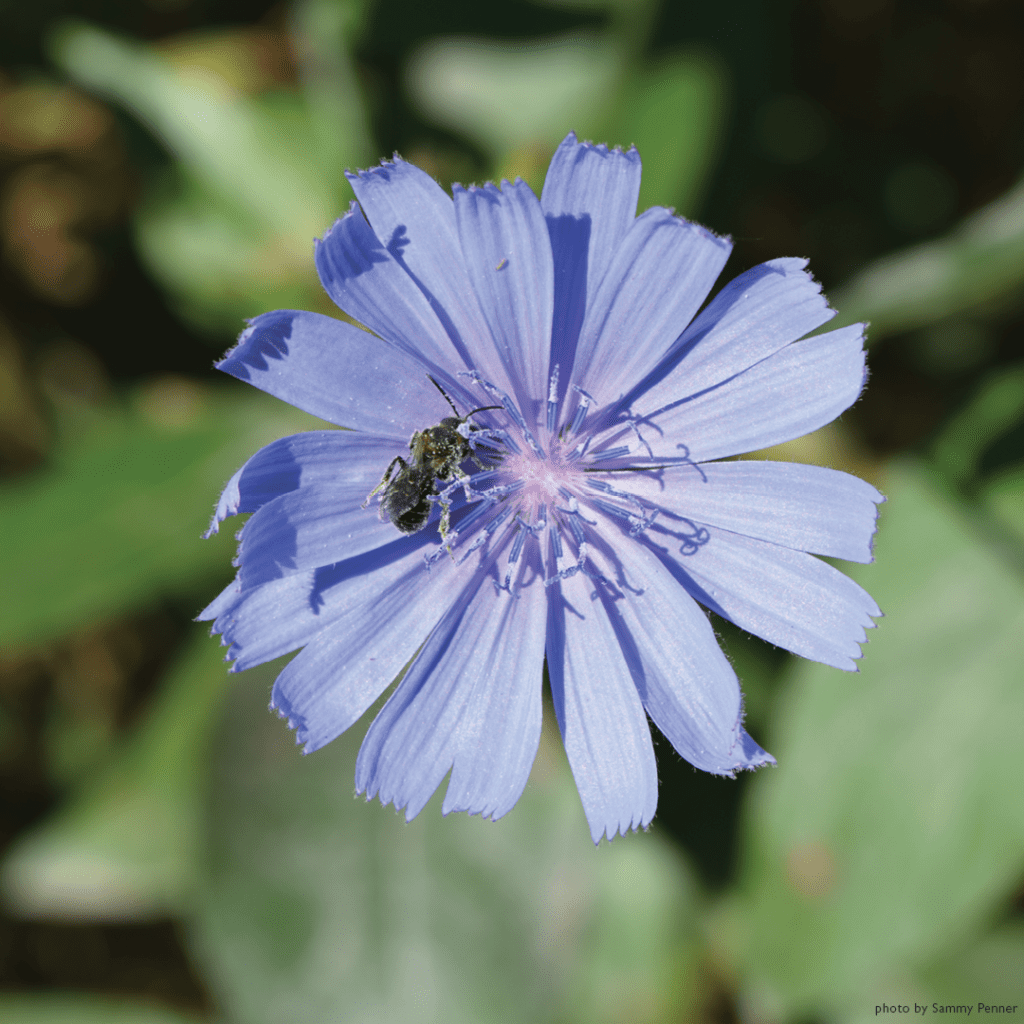 of bugs. And while some bugs can be harmful to your health or property, like ticks or termites, the vast majority of bugs are harmless but play critical roles in their ecosystem. Some are even beneficial to humans, eating the bugs we consider to be “pests.” Keeping your yard bug-free often drives away other species who eat or have symbiotic relationships with bugs. Minimal bug control is often enough.
of bugs. And while some bugs can be harmful to your health or property, like ticks or termites, the vast majority of bugs are harmless but play critical roles in their ecosystem. Some are even beneficial to humans, eating the bugs we consider to be “pests.” Keeping your yard bug-free often drives away other species who eat or have symbiotic relationships with bugs. Minimal bug control is often enough.
3. Create a pollinator garden
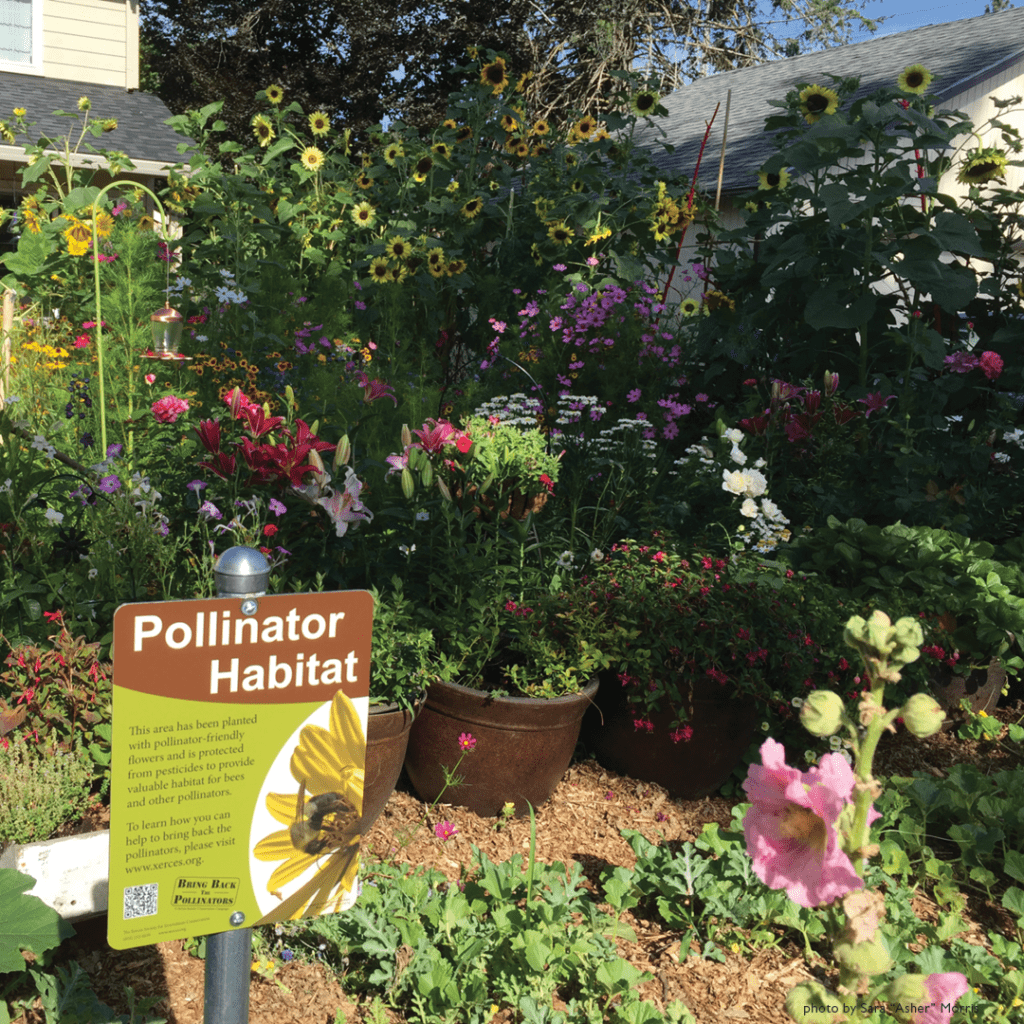 What’s a pollinator garden? It’s a buffet for beneficial insects like bees, butterflies, and others who pollinate fruits and vegetables so that we and other species have food to eat. If the pollinators fail, the food systems fail. They need places to find food and shelter so they can keep playing their critical ecosystem rolls. Here’s a resource on planting a pollinator garden from the USDA.
What’s a pollinator garden? It’s a buffet for beneficial insects like bees, butterflies, and others who pollinate fruits and vegetables so that we and other species have food to eat. If the pollinators fail, the food systems fail. They need places to find food and shelter so they can keep playing their critical ecosystem rolls. Here’s a resource on planting a pollinator garden from the USDA.
4. Create habitats for other native species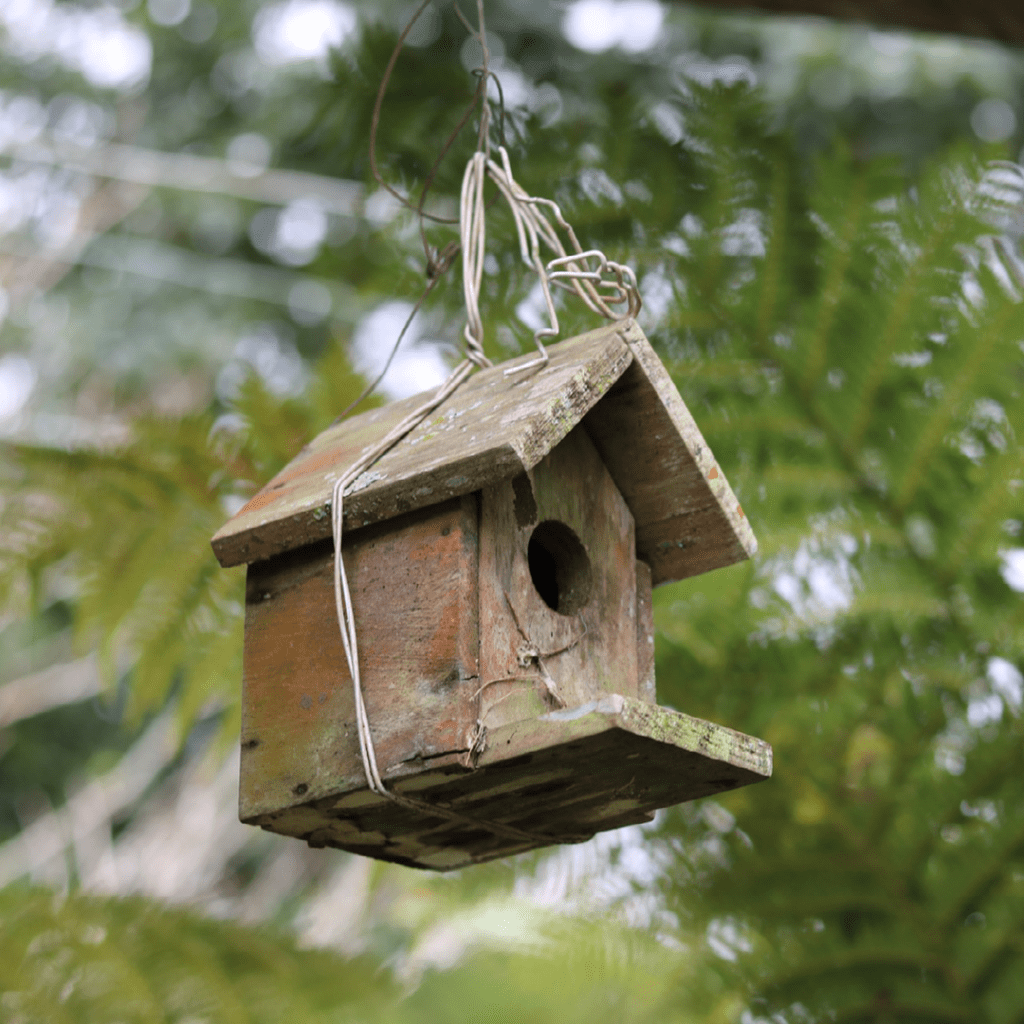
This goes a step beyond just planting native plants. Do you have a mosquito problem? Consider putting in a bat house or bird house. Be sure to research what is native to your area and what those species like, or else you might just be creating more habitat for invasive competitors.
